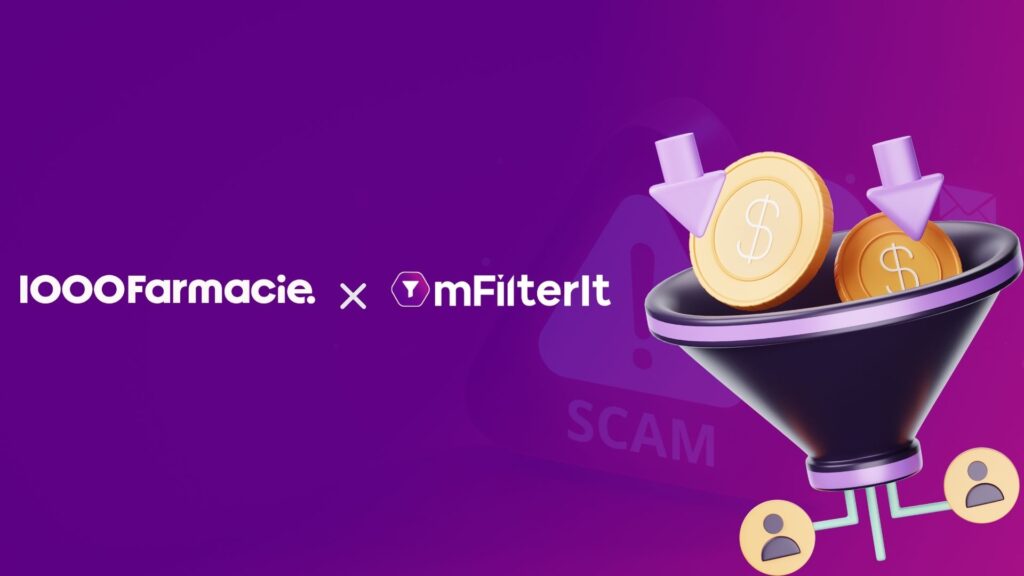Brand marketing has evolved with time. In the past, it was more of contextual targeting that was focused on spending the ad budget in purchasing the ad spaces with the relevant sites only. However, the landscape changed with programmatic advertising. The advertiser started losing control of where the ad would be placed as the focus shifted towards behavioral targeting.
While the focus is on targeting the right audience, it is crucial to ensure the brand reputation. For example, if the ad for a beauty product gets placed on a website that has anti-social content, it will surely tarnish the company’s reputation. In 2017, reputed brands like AT&T and Verizon withdrew themselves from online ad purchases as their content was appearing alongside the terrorist sympathizers’ content.
Considering the monetary and reputational investment involved, advertisers must implement the strategies with the utmost brand safety tools. Let us explore, in detail, the significance of brand safety and explore strategies to mitigate risks and protect brand reputation.
Table of Contents
ToggleWhat is Brand Safety?
The measures taken to ensure that the ad is placed alongside the content that aligns with the company’s values and ethics and does not pose any risk to the brand value is termed brand safety. It, indeed, is a challenge to ensure brand safety with the availability of a myriad of social media platforms, apps, and websites where your ads can appear. The primary challenge is to ensure that the ad placement is avoided on platforms with inappropriate, offensive, or content that can be in the form of fake news, provocative content, or explicit content.
However, the term brand safety is ambiguous as the approach or definition of safety may vary from brand to brand and also from product to product that is being advertised. Thus, the brand safety approach taken by different publishers also depends on brand suitability.
Why is Brand Safety Important?
Considering that the content of the advertisement and the placement of the advertisement as different components that have no impact on each other will be wrong. Consumers connect with brands as an implicit endorsement of the brands that it is associated with in terms of placing their ads alongside. Bad implicit may tarnish your brand image to an irreparable extent. Brand safety is vital because:
- Helps in building and maintaining reputation and even retaining the existing customers as the customers do associate with advertisements placed on high-quality websites and other similar platforms.
- Favorable or otherwise, associations affect the efficacy of digital marketing activities. Abiding by brand safety parameters affirms confidence in consumers enhancing customer loyalty and brand integrity.
- Abiding with data privacy and security norms, brands put themselves forward as a responsible brand showing value to customers, ensuring that the customer is never exposed to cybersecurity threats while preventing the firm from probable ad frauds.
- The above two points have an overall impact on ad sales and income.
Evolving Digital Landscape
The digital advertising landscape is continuously evolving. Such evolutions bring along opportunities and challenges alike for advertisers. The algorithms of programmatic advertising help in automating the buying and placing the ads in real-time enabling the brands to increase their ability to reach a wider audience in a limited time. Programmatic advertising is being widely accepted for its ease in targeting capabilities and efficiency, however, it also introduces the complexities in ensuring brand safety.
The pace at which the transactions take place is unreal making it difficult for publishers to vet every ad placement manually increasing the possibility of getting placed alongside the unsuitable content. Effective AI brand safety tools proactively help in identifying and mitigating brand safety risks in real time.
Let us explore some of the strategies to ensure Brand Safety
1. Ad Verification
Exploit ad verification tools to scan the web pages and ad placement platforms to ensure they align with your brand utility and brand safety parameters before the ad is displayed.
2. Keyword Blacklisting
Maintain an exhaustive list of keywords associated with inappropriate and sensitive content and blacklist them to prevent your ads getting placed in proximity to such content.
3. Contextual Targeting
In contrast to keyword blacklisting, leverage contextual ad targeting to ensure that the ads are placed with favorable content.
4. Publishers Collaboration
Set up clear guidelines with publishers stating clear expectations for brand safety parameters. This can be achieved by collaborating only with trusted partners that ensure ad placement is aligned with brand values.
5. Continuous monitoring and optimization:
Regular monitoring and improvising on the go are the mantras to ensure success in protecting performance metrics from ad fraud and implementing brand safety norms by updating the keyword blacklisting and contextual targeting.
Conclusion
Brand safety is not merely a concern for the players involved in the digital advertising supply chain world but has become a necessity for everyone associated. To stay relevant in the game, brands must rely on digital channels to connect with consumers. It becomes the necessity and the moral responsibility of the brands and the publishers to ensure that the ads are placed in a congenial online environment.
This can only be achieved by implementing robust brand safety strategies. Leveraging technology to your favor in identifying the complexities and addressing them in real-time is the only recourse brands and publishers have. Smart brand safety strategies not only mitigate the associated risks but also, help in building trust and transparency in the digital ecosystem.
Get in touch to learn more about the Brand Safety.









